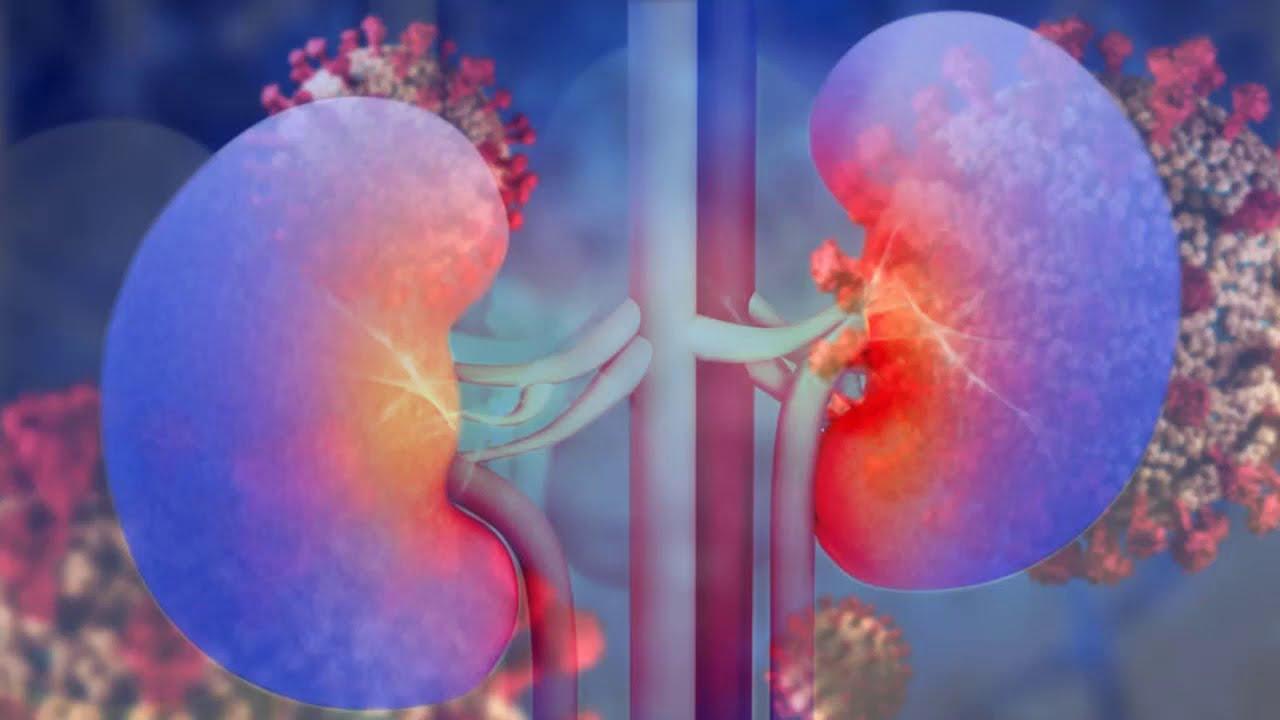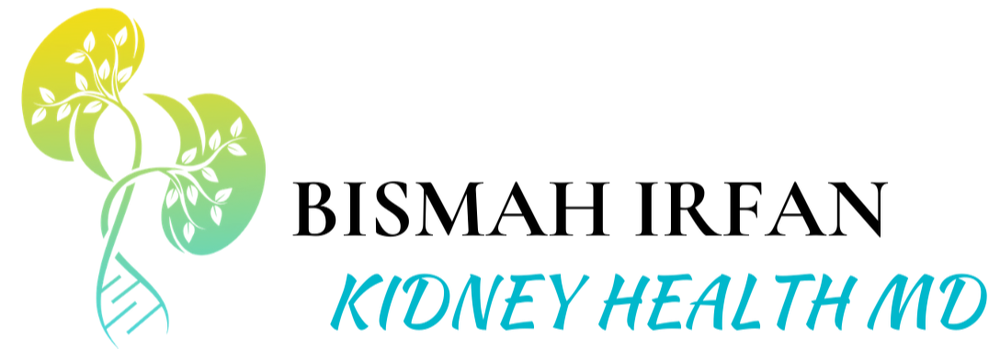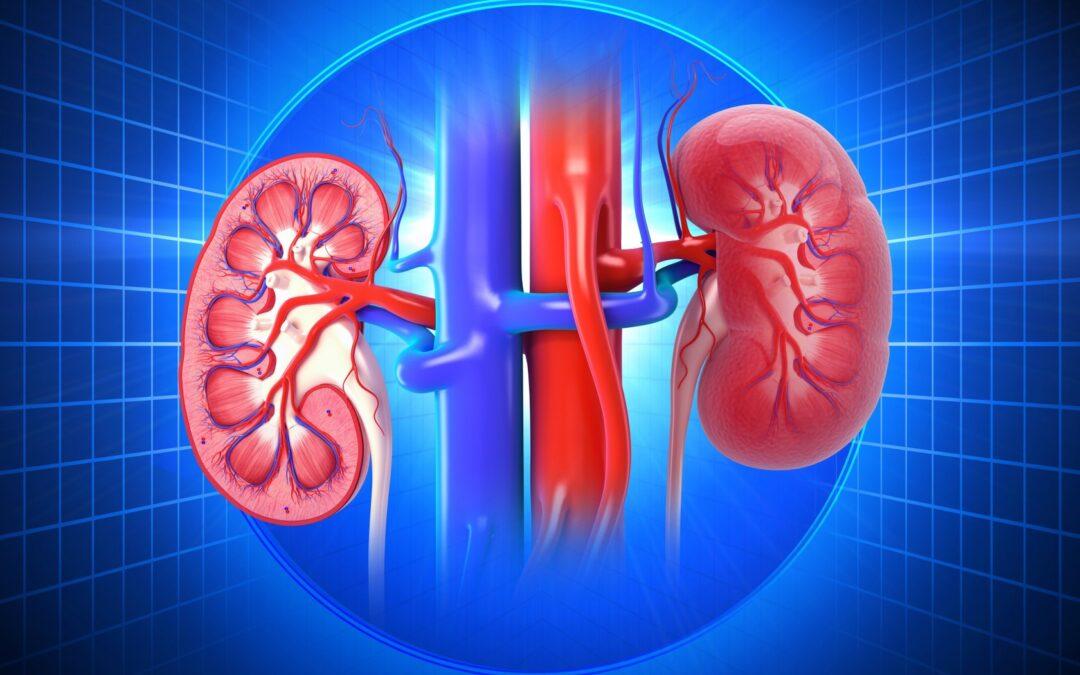People will likely ask what are the pros and cons of undergoing kidney dialysis. Embarking on this journey together, we aim to illuminate the intricate balance between life extension through dialysis and the ensuing adaptations that come with it.
Diving more profound than just symptom management or health issue prevention, this journey is about reclaiming a measure of autonomy in the face of enduring sickness. Diving into the nuances of hemodialysis and considering peritoneal dialysis as another route, we aim to paint a more vivid landscape for you. If navigating the world of kidney care feels daunting, let us help simplify things for you; for more consult with Drbismah.
understanding what are the pros and cons of undergoing kidney dialysis
@kidneyhealthmd Types of Dialysis and their difference. #KidneyHealth #MaximizeKidneyHealth #Inflammation #ChronicKidneyDisease #FunctionalMedicine #HealthyDiet ♬ original sound – Kidney and Holistic MD
What Is Dialysis?
Dialysis provides individuals suffering renal failure an essential solution, purifying the bloodstream when one’s own kidneys cannot do the job on their own. Think of dialysis like having another set of kidneys- an external one! There are two primary forms: hemodialysis, where an external machine filters your blood, and peritoneal dialysis, where blood from inside your abdomen filters through to filters inside its system to filter blood inside its own body lining instead.
Undergoing this treatment transcends mere purification of the bloodstream; it intricately adjusts electrolytes and eradicates surplus liquids, a vital equilibrium that sustains our physiological well-being. This method acts as a lifeline, allowing individuals to maintain a semblance of normalcy despite their kidneys’ inability to perform, whether in the queue for a new kidney or navigating chronic ailments.
Read more: how long can a person live on dialysis?
The Need for Dialysis in Renal Disease
Renal disease often leads to kidney failure – this means your kidneys don’t clean your blood well enough to keep you healthy. Enter dialysis. For many people living with advanced stages of renal disease or experiencing complete kidney failure, undergoing regular dialysis sessions becomes as routine as brushing teeth but far more critical—it’s lifesaving.
Dialyzing helps control high blood pressure and maintains safe levels of certain chemicals in your bloodstream such as potassium and sodium. Without these vital functions being performed by either a dialyzer filter at a center or through fluids exchanged via a catheter at home (peritoneal), toxins would build up rapidly leading to serious health problems—or worse.
The necessity cannot be understated; without it, individuals facing end-stage renal disease have significantly reduced life expectancies due to complications associated with unmanaged waste products accumulating in their system. Studies indicate that opting for home-based treatments 5-7 times weekly may yield even better outcomes than traditional thrice-weekly sessions at centers thanks partly due to more consistent toxin removal.
Pros of Undergoing Hemodialysis
Improved Quality of Life
Undergoing hemodialysis, aimed at treating kidney failure, markedly elevates one’s standard of living. It’s not merely extending your lifespan; it’s about enriching those additional years with improved wellness and heightened mastery over your ailment. By filtering waste products from your blood when your kidneys can’t do the job, hemodialysis helps manage symptoms like high blood pressure and muscle cramps that come with kidney disease.
Recent studies underscore the value of home dialysis treatments done 5-7 times a week in improving patient outcomes. The convenience offered by this schedule not only allows patients to maintain their daily routines but also leads to improved kidney function overall.
Flexibility and Independence
The idea of being tied down by a machine several times a week may seem daunting. But here’s where it gets interesting: opting for home hemodialysis gives you back some control. You decide when to undergo dialysis based on what fits into your lifestyle, whether that means early mornings before work or evenings after dinner.
This flexibility is crucial because let’s face it – nobody wants their entire life scheduled around visits to the dialysis center. Home treatment options allow you to train with trained staff on how to safely use the equipment yourself or have a dialysis partner learn alongside you. It opens up opportunities for travel and activities that would otherwise be restricted due to rigid clinic schedules.
While undergoing hemodialysis seems like an uphill battle initially – especially considering potential cons such as adjusting diet and fluid intake – there are undeniable benefits worth weighing in favor of this renal replacement therapy option including longer life expectancy among people receiving hemodialysis compared against general population statistics.
This doesn’t mean overlooking challenges such as vascular access complications or impact on mental health; instead, understanding both sides empowers individuals facing that what are the pros and cons of undergoing kidney dialysis and decisions about their care pathway backed by knowledge regarding improved survival rates thanks to partial advancements made within the realm of personalized medicine approaches targeting CKD management strategies.
Adapting to New Normals
For those undergoing this kidney failure live-saver, adapting their daily lives around dialysis sessions becomes the new normal. This adjustment is more than just time-consuming—it impacts everything from travel plans to employment opportunities. Imagine having to organize your life around dialysis appointments three times every week, having to plan in four-hour blocks that span three sessions at the dialysis center; it would be like trying to run a marathon together! It’s doable but tricky.
Dialysis patients’ restrictions on fluid consumption may make you feel stuck in an endless desert, seeing mirages of water all around, yet unable to drink as much as desired. Navigating the complexities of hypertension and dietary restrictions transforms the simple act of eating into a meticulous game, demanding unwavering focus.
Health Risks and Complications
Vascular access issues are akin to continually finding detours on your way home—frustrating and sometimes dangerous. The site where blood leaves and enters the body during hemodialysis needs meticulous care; any problems here can lead directly back down the road of high health risks or even hospital visits for repair surgeries.
Mental health takes its toll too when living with chronic illnesses such as kidney disease treated by dialysis treatments becomes overwhelming at times. It can lead some people to feel isolated due to the challenges they face every day, making them question whether all this effort is worth it after all. Potential complications like muscle cramps and erectile dysfunction among others don’t exactly make things easier either, adding another layer of stress onto an already heavy burden carried by those affected by the condition. Facing these hurdles knows no bounds of age or sex, highlighting the critical role that both digital and physical support circles play in aiding individuals to cope with life’s altered states post-procedure. The goal is to improve overall quality of life, albeit under challenging circumstances.
It emphasizes the importance of empathy and guidance for individuals facing these trials as they chart their course through unfamiliar waters. Because the end goal always remains the same: to keep moving towards the best possible outcome given the situation at hand.
Key Takeaway:
Dialysis changes lives, demanding major adjustments from planning daily activities to managing health risks. It’s challenging but vital for those fighting kidney failure, highlighting the importance of support and understanding in navigating this difficult journey.
Peritoneal Dialysis Exposed
Peritoneal dialysis provides hope to many who are living with kidney disease, giving them another route towards treatment. Compared with its counterpart, hemodialysis, which requires frequent visits to dialysis centers for treatments, peritoneal dialysis provides patients more autonomy over their treatment regime and less chance for peritonitis during its application. But risks do remain associated with its use.
Risk of Peritonitis in Peritoneal Dialysis

Navigating peritoneal dialysis presents unique difficulties while giving patients greater independence than traditional hemodialysis treatments. Navigating the path of peritoneal dialysis, patients might face a considerable hurdle when bacteria sneak through the catheter, leading to an infection known as peritonitis. Navigating the complex world of peritoneal dialysis demands a commitment to cleanliness at bag exchanges and when caring for catheters; otherwise we risk opening ourselves up to unwelcome complications.
To minimize risks and manage complications more effectively, patients and caregivers should remain on guard against signs of infection while remaining open with healthcare providers about any concerns that may arise. Learning the right way to handle things is key, which is why platforms like Global Dialysis are indispensable in helping us sail through these challenges with ease.
Catheter-Related Complications: A Closer Look
Apart from infections, additional hurdles like obstructions or catheter breaches can unsettle the crucial equilibrium required for successful therapy. These issues not only pose immediate health concerns but can also impact the long-term viability of continuing on peritoneal dialysis.
Meticulous attention to detail during insertion procedures by trained staff ensures optimal placement while minimizing potential complications down the line. It’s here where choosing a reputable facility plays a pivotal role in securing both peace of mind and quality care throughout one’s treatment journey.
Click here: Treatments for Chronic Kidney Disease.
The Advantages Of Hemodialyze Treatments
In contrast with hemodialysis treatments requiring rigid schedules at dedicated centers several times weekly—peritoneal dialysate fluid allows for greater flexibility, affording individuals undergoing this form of therapy control over when they perform exchanges based upon personal schedules or lifestyle needs thus fostering independence amidst adversity.
Key Takeaway:
Peritoneal dialysis offers freedom and control over kidney disease treatment, with risks like peritonitis needing careful management. It’s less rigid than hemodialysis but demands strict hygiene and communication with healthcare providers.
Conclusion
Embarking on what are the pros and cons of undergoing kidney dialysis marks a turning point. That unveils a complex decision landscape that impacts life extension and quality for individuals battling renal disease. We’ve journeyed through its landscape, revealing how it can significantly extend life and improve quality for those with renal disease. Dialysis brings control back into your hands, allowing flexibility in treatment schedules. But it’s not without challenges—adapting to new routines and managing health risks become part of daily life.
Remember that opting for hemodialysis or delving into peritoneal dialysis presents its advantages and obstacles. The key takeaway? Dialysis is a lifeline for many, promising more days ahead but demanding resilience in return. Knowledge empowers you to make informed decisions alongside your care team in seeking better health amidst chronic illness. So take heart; armed with understanding, navigating the world of kidney care becomes less daunting.


